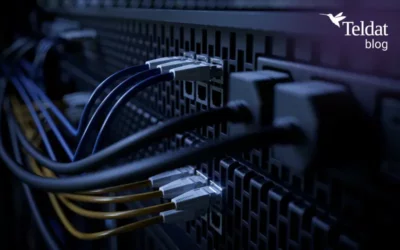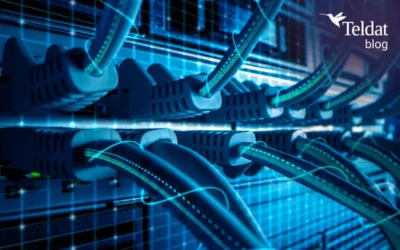SDWAN FAQs – Others
FAQs
1. What licenses are mandatory and which ones are optional?
2. What monitoring options?
3. Is there a Northbound API? What methods are supported?
1. What licenses are mandatory and which ones are optional?
In the device:
1. IPSec or IPSec hardware license (depending on model): mandatory.
2. Acceleration (UP, UP1 and UP2) license: optional.
3. ZTP enable license: to self-provision (this license is only available at manufacturing time).
In CNM (license per device to be managed):
1. Base license: to manage the device and self-provision.
2. Controller license: to generate and manage the settings in the data model.
3. Visualizer license: for traffic visibility (in development). Alternatively, you can use the platform Teldat Visualizer for the visibility of traffic (requires device license) separately from CNM.
2. What monitoring options?
When devices are managed by CNM, vital signs and connectivity can be monitored and alarms can be raised from CPU status, memory status, flash status, or in case of incorrect firmware release (CIT+BIOS+FW).
3. Is there a Northbound API? What methods are supported?
Yes. Methods related to provisioning and configuration are supported.
Read our latest Blog Posts
On-board railway technology developments focusing on AI
In most productive sectors, artificial intelligence (AI) has become a key in transforming processes and optimizing business resources, making them more agile and efficient. This path towards modernization revolutionizes our life habits, as well as the technology...
About VLANs on Switches
Continuing the series of blogs posts on the most representative technologies to consider when selecting switches, this time we look at VLAN technology. VLANs arose from the need to isolate different stations operating on the same physical local network. In addition,...
The Spanning Tree algorithm in Switching: a link between reliable and efficient networks
In the boundless realm of telecommunications, making sure networks run efficiently and undisturbed is crucial. Today, we are going to focus on the fascinating Spanning Tree algorithm (STP) and its relationship with switching. We will find out how this unsung hero...
























